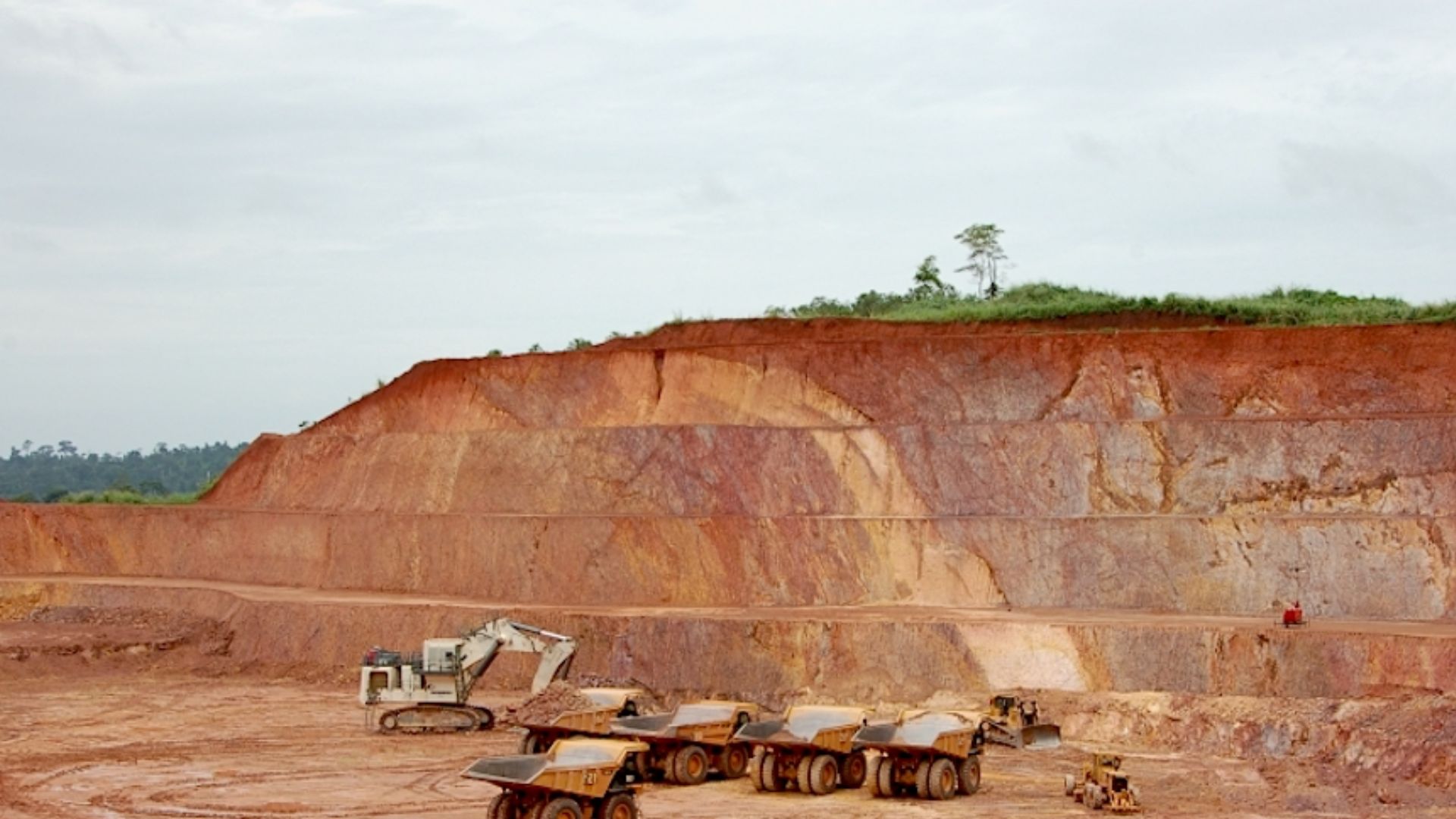Shifting Dynamics and Emerging Stars: The Attractiveness of West Africa's Mining Sector
- West Africa | 23 October 2018

West Africa, long recognized for its geological potential, is increasingly capturing the attention of investors as the region’s mining industry gains momentum. With shifting dynamics and the emergence of rising stars, countries with untapped potential and favorable economics are attracting investor interest. Geological potential, economic stability, and perceived risk play significant roles in determining the attractiveness of mining destinations in West Africa. This article explores the factors driving the shift in perception and highlights the countries leading the way in the region’s mining sector.
A common thread among the attractive mining destinations in West Africa is their location along the Birimian Greenstone Belt. This geological formation underlies countries such as Ghana, Côte d’Ivoire, Guinea, Mali, and Burkina Faso, which are major sources of gold. The belt has yielded approximately 52 million ounces of gold resources to date, with Côte d’Ivoire considered the most prospective due to its significant portion of the belt. West Africa’s gold production is expected to continue growing, unlike the global trend, making the region one of the fastest-growing for gold production worldwide. Mining-friendly governments and underexplored geology have contributed to this remarkable progress, with several profitable projects completed in recent years.
Ghana has been at the forefront of gold mining in West Africa and remains the region’s top gold producer, second only to South Africa on the continent. In 2017, Ghana produced 101.7 tons of gold. Major mining companies such as Newmont, Gold Fields, Kinross, and AngloGold Ashanti operate in the country. However, Ghana’s high tax burden has hindered exploration projects and deterred new investors, leading to a lack of greenfield exploration. The mining code in Ghana favors companies with larger investment capabilities, resulting in a focus on underground mines and brownfield exploration.
Mali, another significant player in West Africa’s gold production, produced 49.6 tons of gold in 2017. AngloGold Ashanti, Resolute Mining, and IAMGOLD are among the major investors supporting Mali’s position as one of the top gold performers on the continent. The initiation of production at B2Gold’s Fekola project also contributed to the country’s output. Burkina Faso has risen to fourth place in gold production on the continent, surpassing Tanzania, with 45.5 tons produced in 2017. The country is projected to reach a record production of 55 tons in 2018.
Beyond geological potential, investment incentives and stability are crucial factors in attracting mining investments. Côte d’Ivoire exemplifies the significance of stable economic and political environments in attracting investors. However, governments in the region are still finding the right balance between investment incentives and ensuring economic benefits for their countries. Some governments lean towards prioritizing national interests, while others aim to provide an attractive investment climate. Countries with stable environments garner the most investor attention, while security risks and uncertainties in others lead companies to adopt a cautious approach.
After a period of reduced activity, exploration is on the rise worldwide, with gold leading the way. In West Africa, gold exploration spending accounted for 61% of the total in 2017, reflecting increased investor interest. However, overall investor appetite for gold and gold stocks has not reached the levels seen several years ago due to the decline in the value of gold. Nonetheless, companies involved in exploration are optimistic about the future, with junior explorers returning to West Africa and successfully raising funds for early-stage projects. Service companies tied to the mining sector are also experiencing renewed growth opportunities.
West Africa’s mining sector is undergoing a significant transformation, with shifting dynamics and emerging stars attracting investor attention. Geological potential, economic stability, and investment incentives are key drivers in determining the attractiveness of mining destinations. Countries like Ghana, Mali, Burkina Faso, and Côte d’Ivoire have made significant contributions to the region’s gold production. However, the focus is now shifting towards less-explored countries with untapped potential. Despite challenges and uncertainties, West Africa’s mining sector remains promising, driven by the collaboration between governments, international investors, and the pursuit of sustainable practices.








